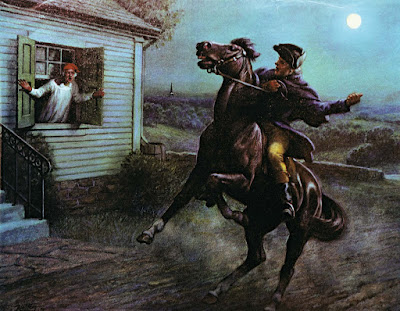STAR WARS: DARTH PLAGUEIS (audiobook) by James Luceno

Published by Random House Audio in 2012. Read by Daniel Davis. Duration: 14 hours, 45 minutes. Unabridged. This book came HIGHLY recommended to me from a massive Star Wars fan that I work with who has told me on multiple occasions that this was an amazing book. If you loved the political intrigue of The Phantom Menace and loved the fact that it was basically the story of a trade dispute that got out of hand, you will LOVE this book. Let's face it, the problem with this book is that it is very similar to The Phantom Menace - the book actually overlaps with the movie. The problem with this book is that Episode I is generally considered to be the worst of the 11 Star Wars movies and doesn't compare well with the TV shows, either. It's probably better than the Star Wars Holiday Special , but I haven't seen that since it first aired so I can't trust my judgment as a ten-year old viewer. This book fills in all of the questions that you probably didn't have








